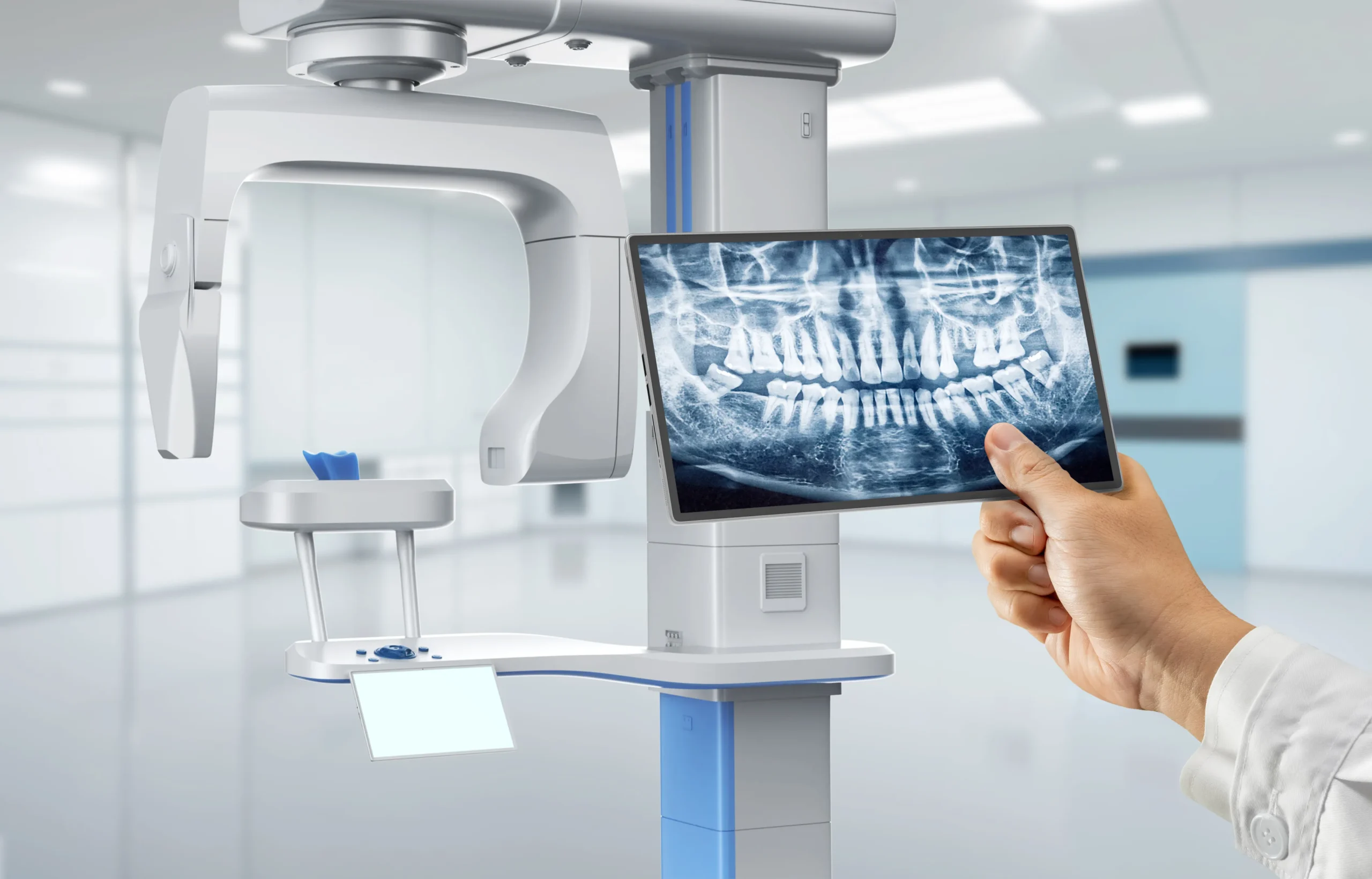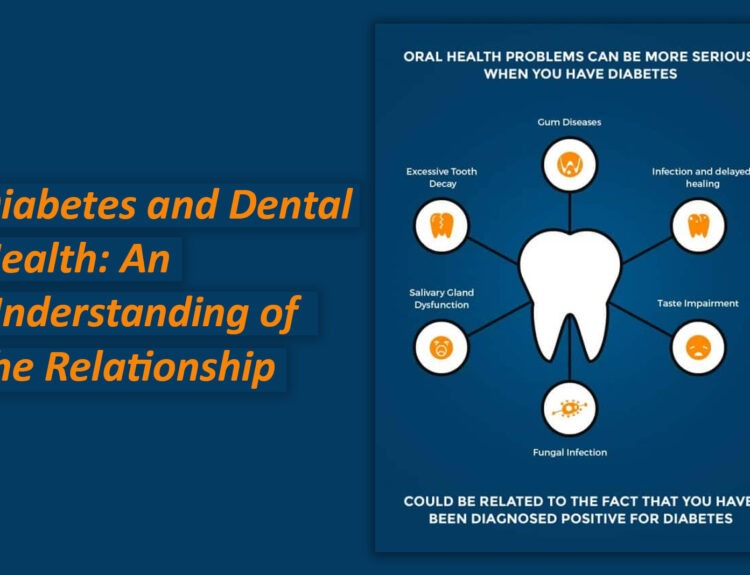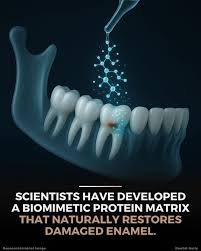X-rays play an important role in modern dentistry, serving as an essential diagnostic tool. They allow dentists to assess and monitor oral health in ways that are not visible to the naked eye. By revealing hidden issues early, they help prevent more serious complications and contribute to proactive, personalized patient care. Despite the radiation exposure, their benefits far outweigh the risks, making them an indispensable part of comprehensive dental care. They provide detailed images of the teeth, bones, and surrounding tissues, enabling the detection of;
Tooth Decay: X-rays can detect hidden cavities between teeth, under fillings, or in areas that are difficult to see with the naked eye. They also reveal the extent of decay and whether it has reached pulp of the affected tooth.
Bone Loss: X-rays show the level of bone supporting your teeth, which is critical for diagnosing gum disease. Severe bone loss can indicate advanced gum disease.
Impacted Teeth: X-rays reveal teeth that have not erupted properly, such as impacted wisdom teeth or other teeth trapped beneath the gums or bone.
Infections and Abscesses: X-rays can identify infections at the root of a tooth (abscesses) or in the surrounding bone. They also help detect cysts or tumors in the jawbone.
Tooth Development in kids: X-rays show the development and position of permanent teeth in children, helping dentists monitor growth and identify potential issues like crowding or missing teeth.
Root Structure: X-rays provide a clear view of the tooth roots, revealing issues like root fractures, resorption, or abnormalities in root shape.
Jawbone Health: X-rays can detect changes in the jawbone, such as bone loss, fractures, or conditions like osteoporosis. They also reveal the position of the temporomandibular joint (TMJ) and any abnormalities.
Dental Work Evaluation: X-rays help assess the condition of existing dental work, such as fillings, crowns, bridges, and implants. They can identify issues like leaking fillings, loose crowns, or implant failure.
Tumors and Abnormal Growths: X-rays can detect abnormal growths, cysts, or tumors in the jawbone or soft tissues of the mouth.
Sinus Issues: Upper jaw X-rays reveal the relationship between tooth roots and the sinuses. It helps diagnose sinus infections or other sinus-related issues.
Safety of Dental X-Rays
Intra-oral Dental X-rays use very low levels of radiation and are considered safe. Dentists take precautions, such as using lead aprons and thyroid collars, to minimize exposure.





